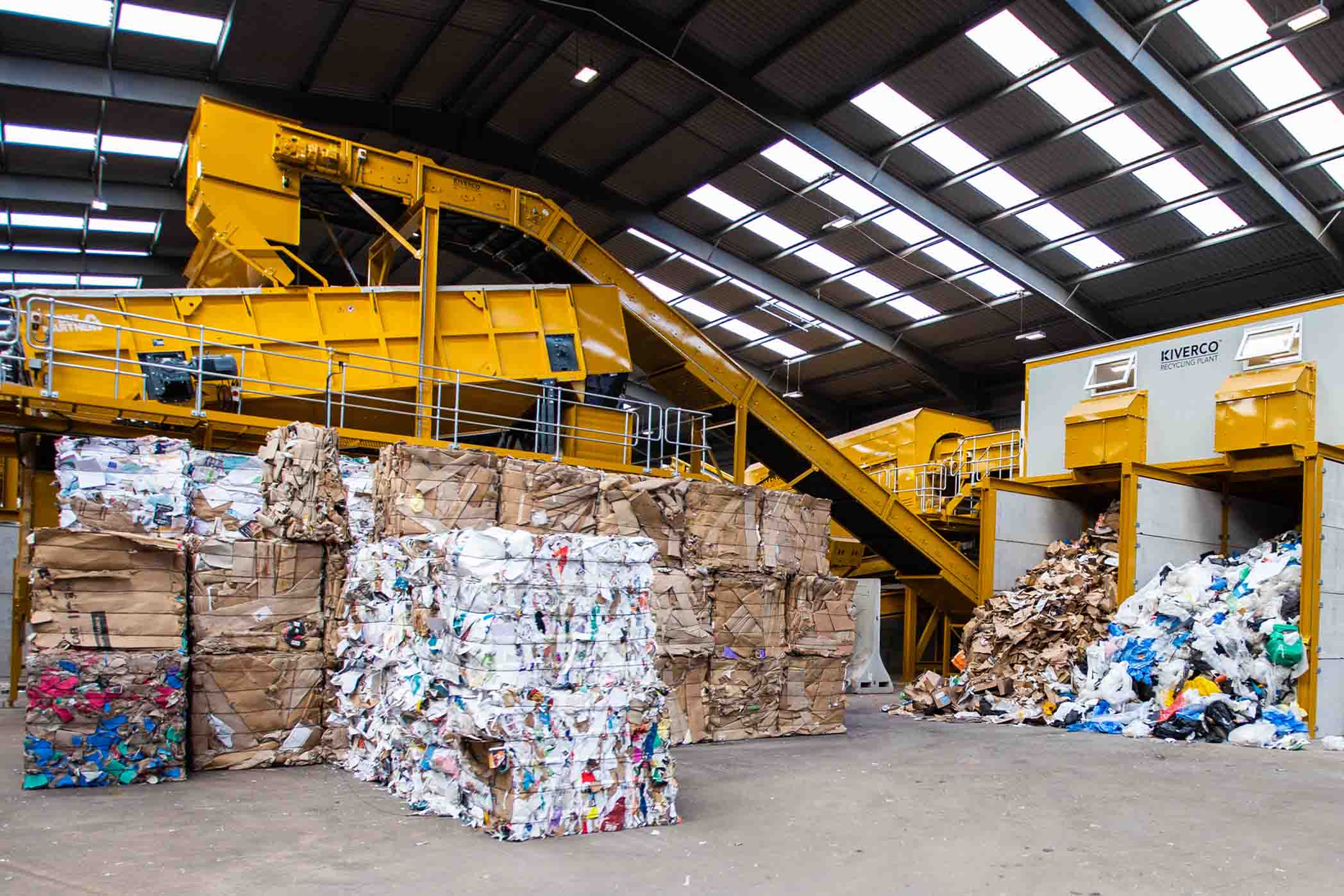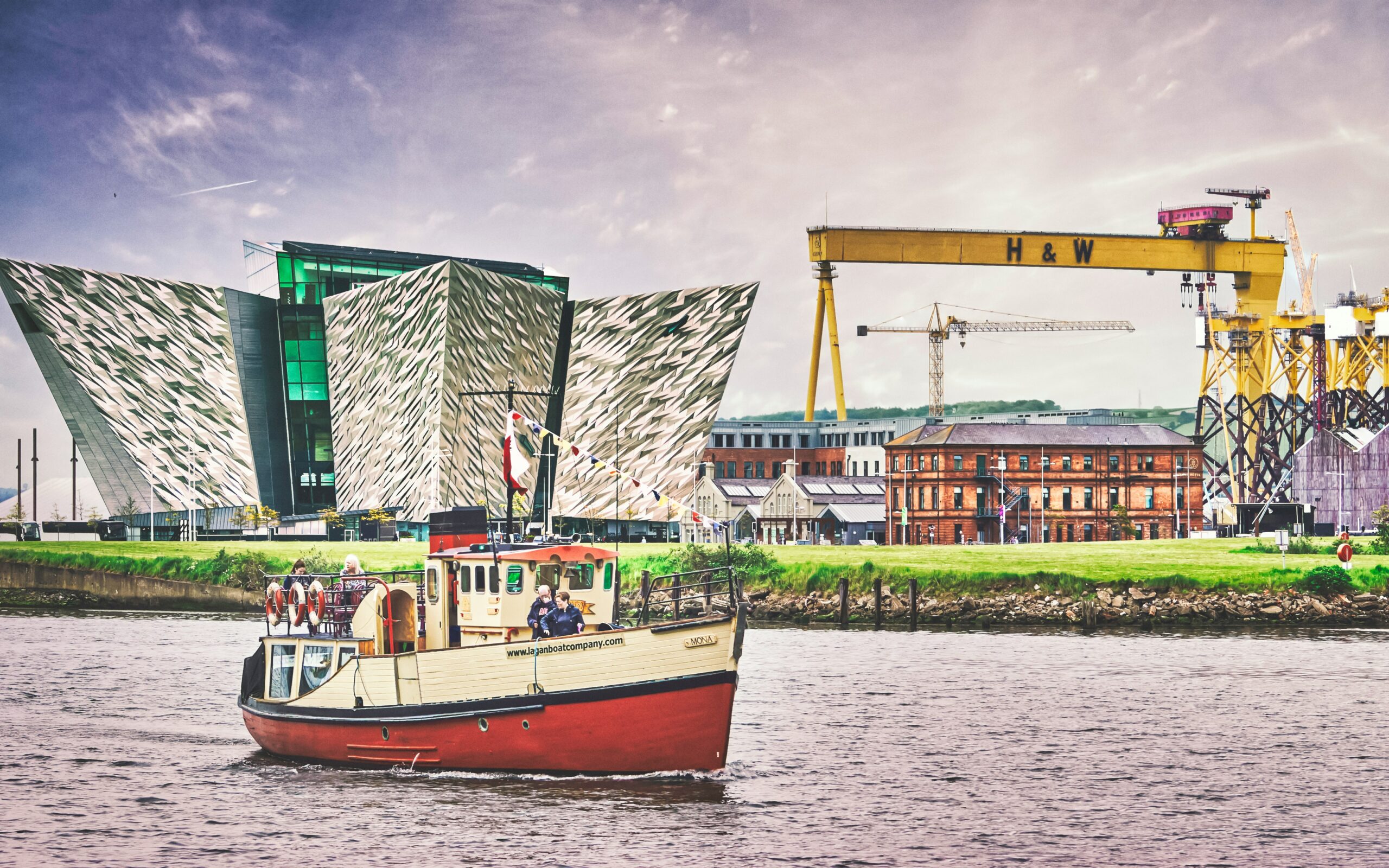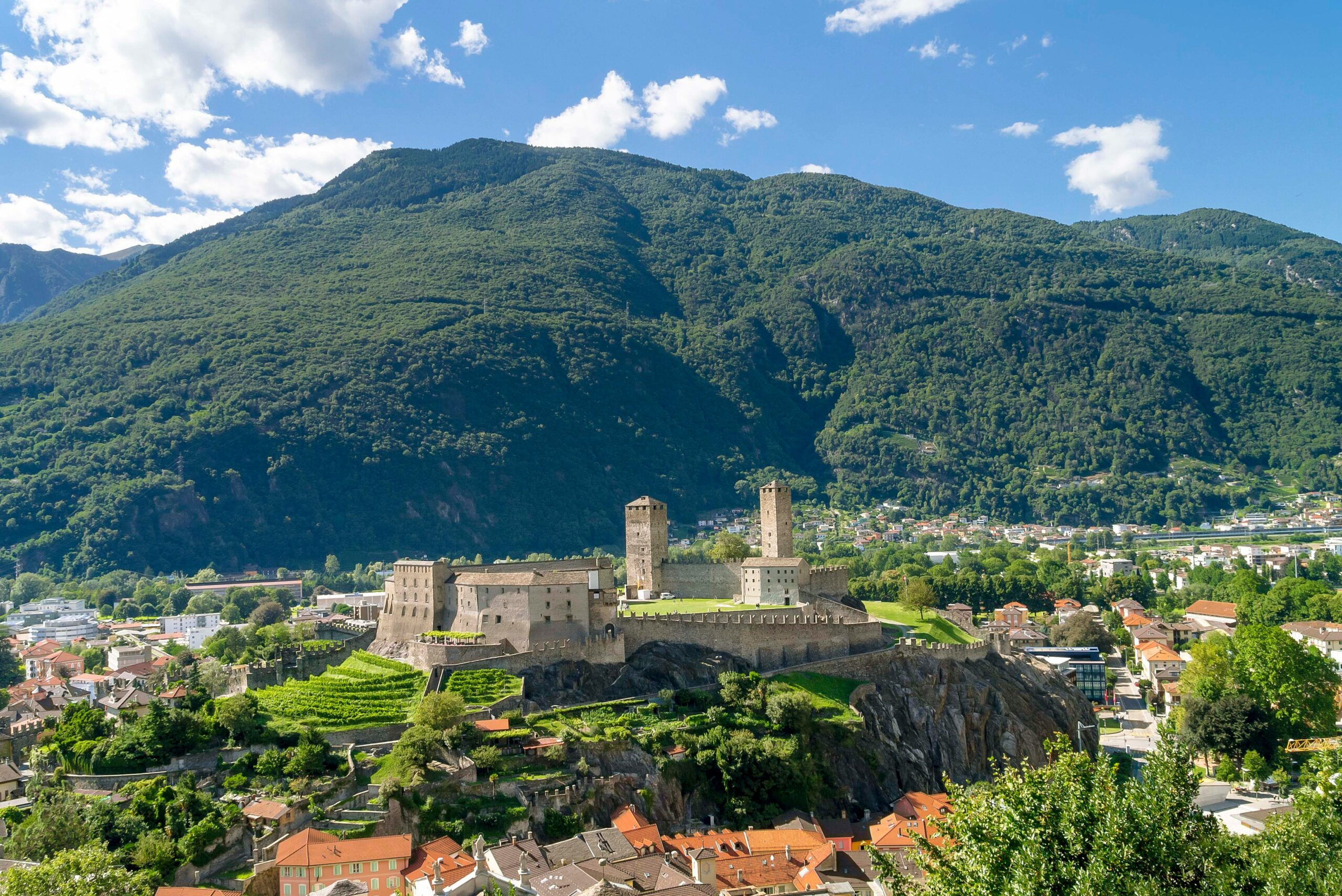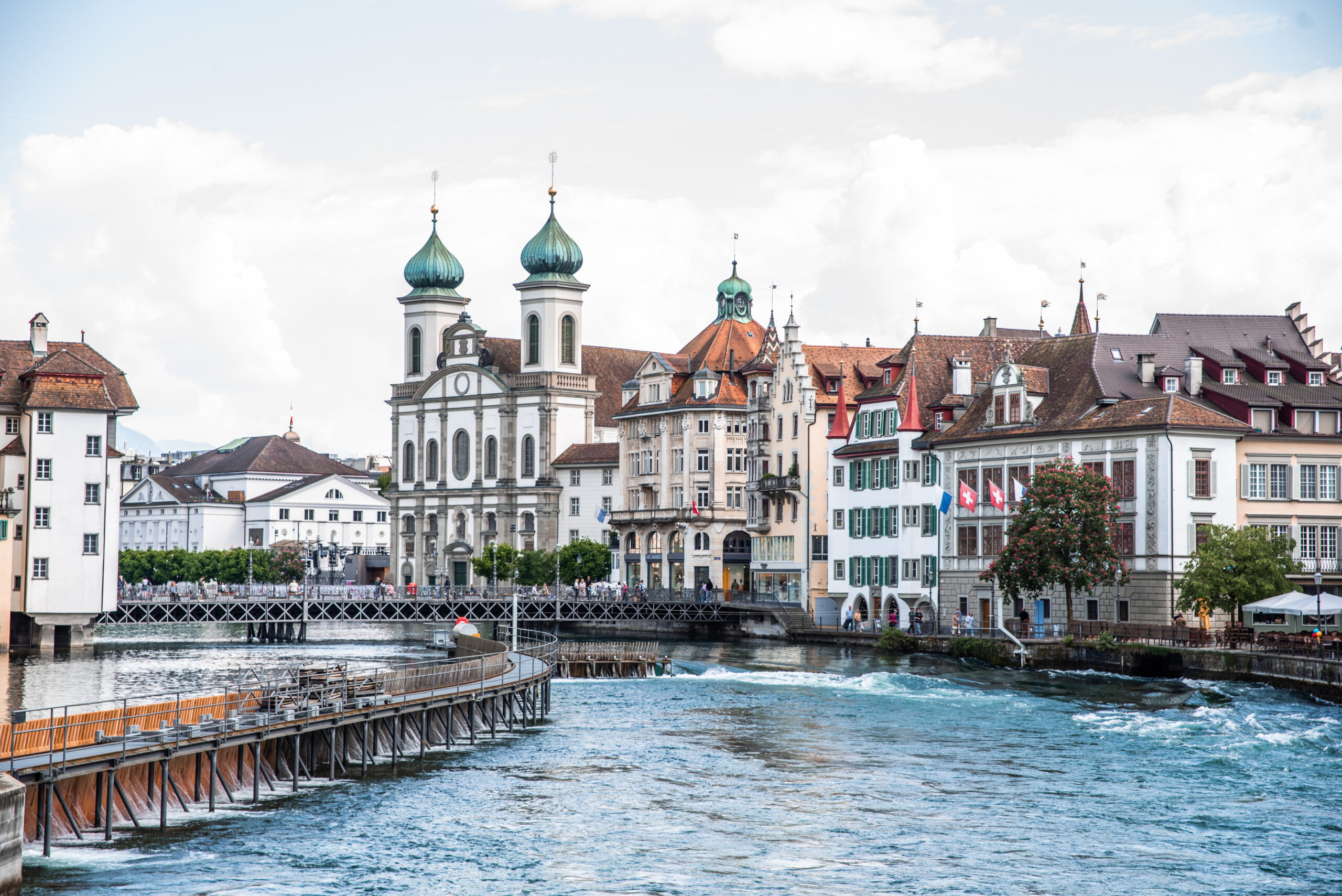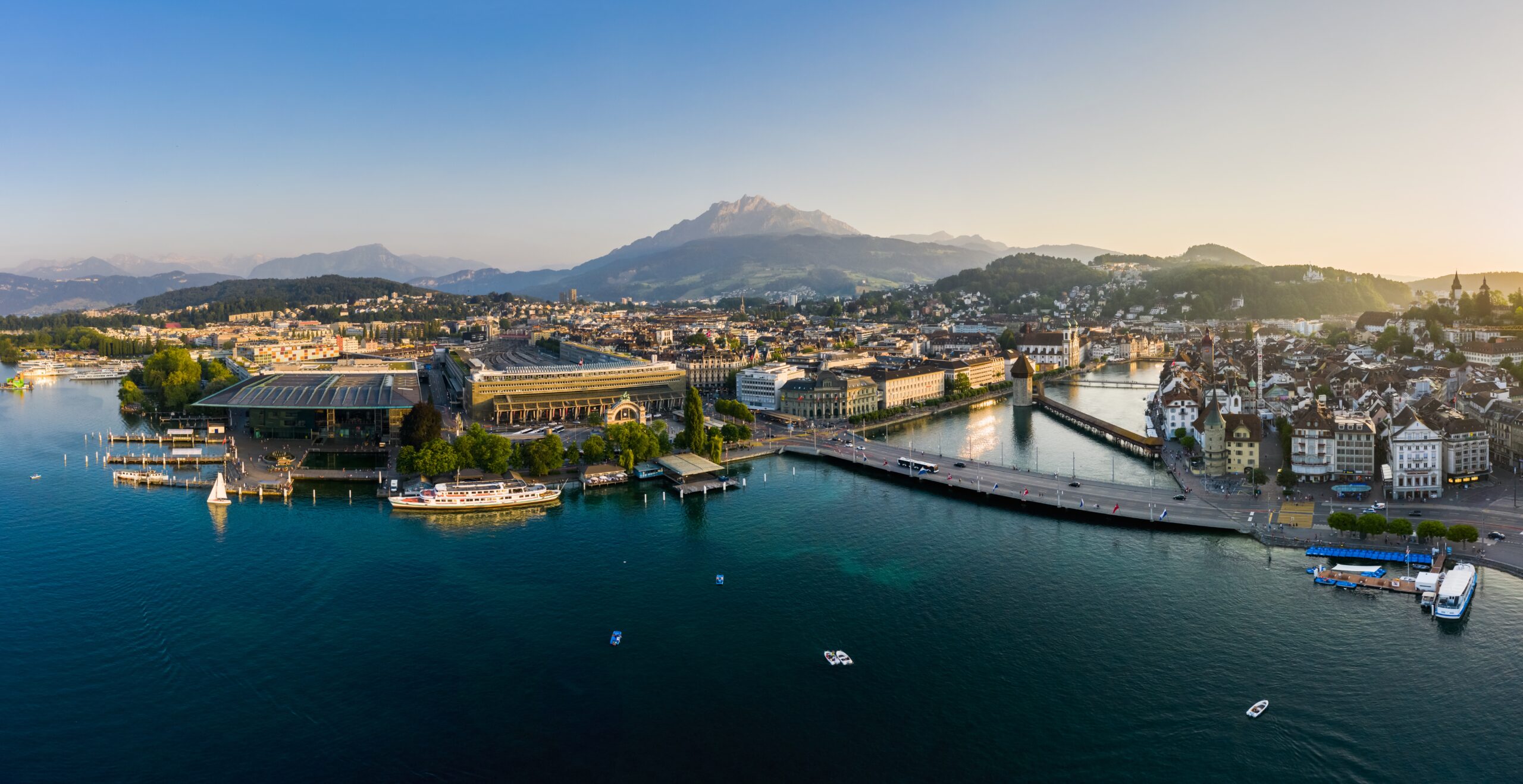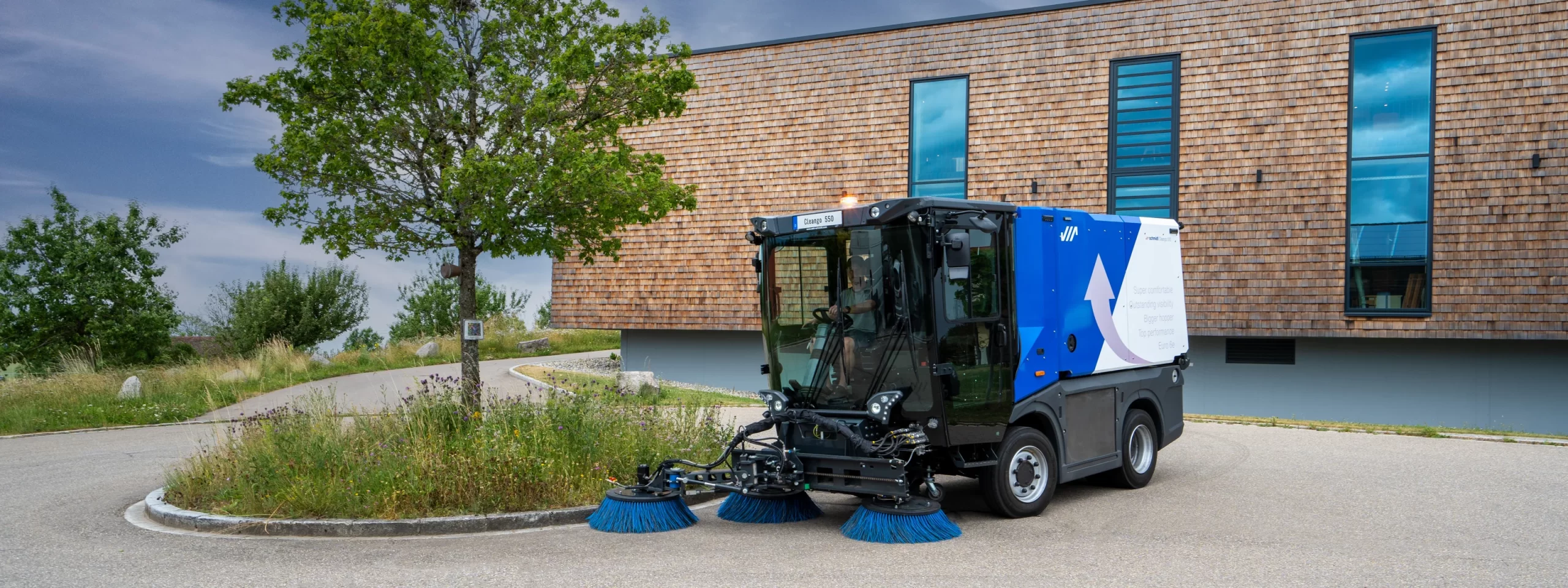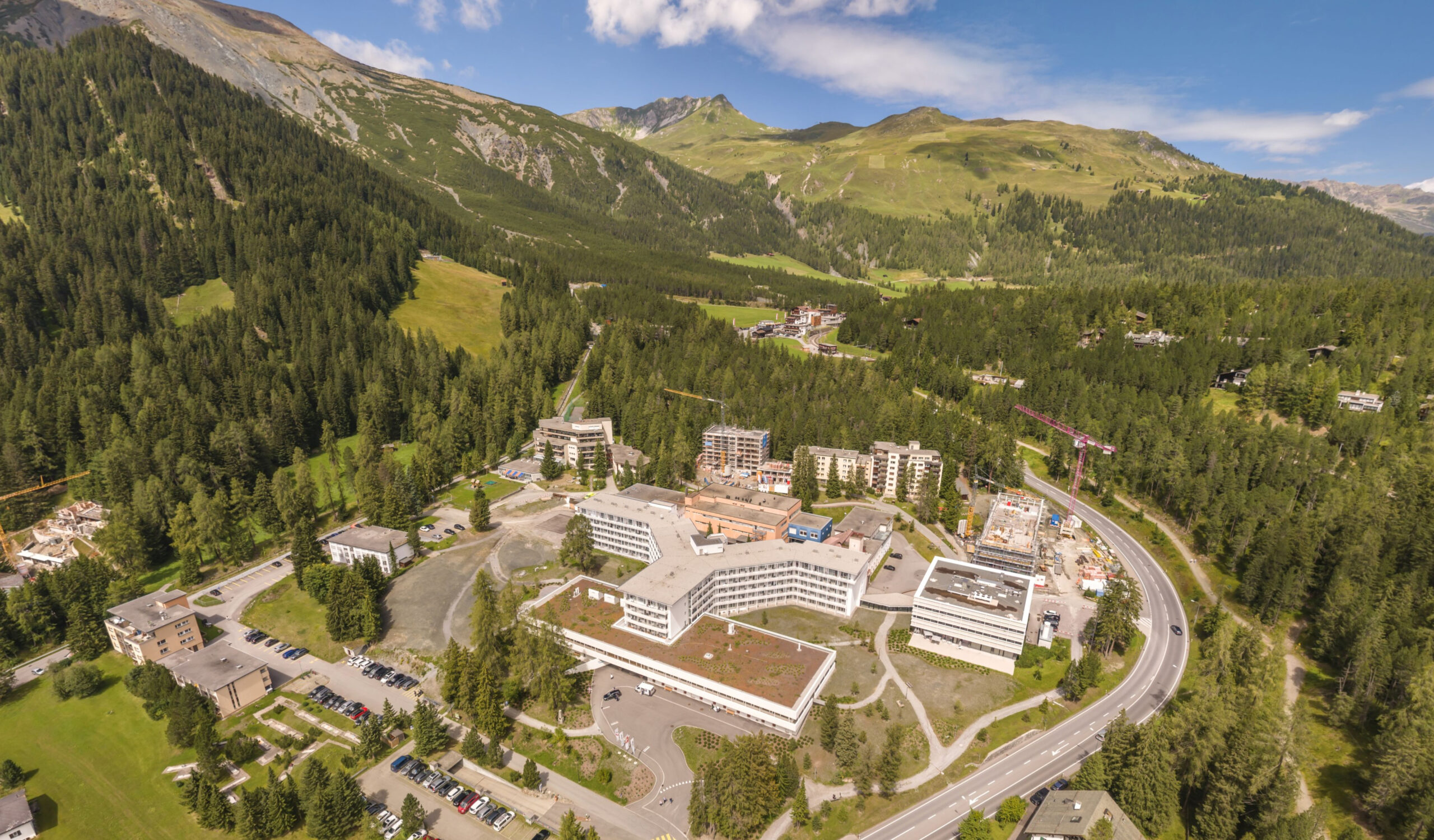Serbia aims to boost private sector-led growth through reforms.
According to the estimates of the Statistical Office of the Republic of Serbia, the nations GDP in real terms increased by 1.9% in 2017. The International Monetary Fund estimates Serbia’s projected Real GDP growth for 2018 will reach 3.5%.
Overview: Serbia has successfully stabilized its economic situation since 2015. Before beginning the recently completed program with the IMF, Serbia was in a dire situation. Growth had been stagnant, and the nation was facing the most significant fiscal deficit in Europe with rapidly rising public debt. Overall, public finances were in a dire situation. Today the budget is roughly balanced, and debt has fallen. Serbia can boast of having a surplus in the budget. Improved confidence is reflected in much lower interest rates. This is backed by growing economic activity, increasing domestic and foreign investments and falling unemployment. A lot of attention needs to be paid to the continued progress required to ensure structural reforms. State-owned enterprises require continued restructuring, public administration reforms should be supported and ease of doing business climate increasingly boosted. Altogether, it has been an impressive turnaround. Serbia is now focusing on reforms that will boost an inclusive and sustainable private sector-led growth.
Economic History: A steady economic growth has been recorded in recent years, with the average increase of Serbia’s GDP in the last five years of 1.2% per year. Serbia achieved GDP growth which is up to par with the countries in Eastern and Central Europe. It is lower than the growth of neighboring countries. A more moderate than the expected budget deficit and fiscal consolidation, as well as significant floods in 2014, played a part in the slower growth. Still, the growth of over 8 percent in the agriculture sector helped to keep the economy afloat, as well as some international factors such as falling oil prices of fuel.
Serbia has been battling high inflation throughout history, especially during the 1980s and 1990s. In 1992 and 1993 a period of continuous hyperinflation lasted for a total of 25 months. In 1993, a monthly inflation rate reached astounding 313 million percent. Since early 2000s inflation rate has been stabilized and in the last couple of years, Serbia recorded relatively low level of inflation. In 2016 inflation dropped to 1.5 percent—down from 7.7 percent in 2013, but increased again to 3% in 2017.
GDP: The projected acceleration of Serbia’s GDP growth rate is the expected due to macroeconomic stabilization, the improvement of the business environment, the increase of capital spending of the state, the effects of monetary policy relaxation, the implementation of structural reforms and a growth of demand. Investments in the export-oriented sectors will be a crucial driver for the projected GDP growth.
In 2017, GDP growth was stimulated by most economic sectors especially industry, services, and excluding agriculture which was profoundly affected by drought. It was furthermore encouraged whereas on the side of spending; the GDP growth was supported by private investments and the recovery of private spending.
The Republic of Serbia’s budget recorded its first surplus in 2017 (1,2% of GDP), which produced a sharp drop in public debt (from 71.9% of GDP at the end of 2016 to 61.5% at the end of 2017). The Government of the Republic of Serbia has adopted the Fiscal Strategy for 2018-2020. Its medium-term goal aims for a deficit of 0.5% of GDP which will be consistent with the permanent reduction of the share of public debt.
A significant reduction in a foreign trade deficit was vital in stabilizing the economy and the big overall deficit decrease. The economic sectors with the most potential for future growth include agriculture and food processing, information and communications technology (ICT), renewable energy, healthcare, mining, and manufacturing.
Real sector: Real GDP is driven by stronger investment and increasing economic activity across most sectors. Especially in construction and mining, manufacturing, electricity, gas and steam supply. Foreign direct investments and external demand from the EU has continued to support the double-digit increase of exports of goods and services. A robust increase in manufacturing exports is being experienced. Merchandise deficit widened last year to EUR 3 800 million. The trade deficit increased to EUR 1 500 million and stood at 4.6% of GDP. Inflation remains stable at 2.8%.
Fiscal developments: Government debt stood at EUR 23 400 million, nearly 60% of GDP. Total budget revenue growth is increasing backed by strong tax and social security revenues.
Total expenditure remains under control.
Public Debt: Public debt at the end of 2016 was 74.5 percent of GDP, which is by 1.3 percent of GDP less than at the end of 2015, and in 2017 it decreased to 61.5%. This was an indicator that the fiscal consolidation measures gave results. In 2016 a six-year public debt growth trend in relation to GDP was stopped.
Ease of Doing Business ranking: Serbia’s course to join the European Union has prioritized needed reforms in the process and increasingly improved the economy. The upgrading of business environment has been proved by further progress on the World Bank’s Doing Business List for 2018. Serbia rose from 47th to 43rd place. Reforms in electronic construction permits and the set-up of a one-stop shop for investment support have been some of the major improvements to Doing Business scores. The process has helped streamline the entry of investors and is making the economy function more effectively. Issuing building permit rating, in particular, has increased 176 positions and now ranks in number 10 worldwide in 2018. This all contributes to certainty in doing business. The following business fields have also seen positive improvements: cross-border trade (23rd); job creation (32nd). It is necessary to upgrade further the possibility for getting an electrical connection (96th in 2018) as it remains slow and an expensive procedure; tax collection (82nd); and protection of minority shareholders (76th).
FDI: Economic reforms in Serbia have allowed the nation to become one of the premier investment locations in Central and Eastern Europe. World-class companies and banks top a list of leading foreign investors. Serbia’s robust FDI track-record is substantiated by internationally recognized awards for local Greenfield investors, as well as Free Zones. Promoting FDI is a major source of sustainable growth and has been a significant focus for the government. Economic stability and a stronger regulation have helped investors venture into Serbia. Therefore, Serbia is continuously experiencing an increase in Foreign Direct Investment (FDI). The net inflow of FDI in 2017 amounted to around EUR 2 300 million and was above most projections. Since 2017, total FDI has amounted to EUR 23 000 million. Historically, FDI inflows had increased 45 percent in 2014, grew to nearly EUR 2 000 million in 2015 and remained stable in 2016. Manufacturing is the primary sector for FDI.
Serbia attracts half of the total FDI in the region of Southeast Europe. While Serbia attracts over EUR 2 300 million per year, Croatia drew only EUR 357 million, and Slovenia EUR 379 million. Serbia has been rated positively by investors who note the country’s strategic location, investment incentives, free trade arrangements with key markets, particularly the EU and affordable and educated labor force. Despite notable progress, Serbia must counter systematic faults; bureaucracy, corruption, and regulatory systems, fees, and an inefficient judiciary system.
State-owned enterprises: The grey economy and state-owned enterprises (SOEs) continue to cause problems, which impede a transparent business climate. The government subsidizes loss-making public companies, which would benefit from being privatized or restructured. SOEs are abundant numbering nearly 727 which employ 250 000 people, almost 15% of the formal workforce. Continuing efforts are being made to diminish the reliance on SOE’s. Serbia has already restructured Serbian Railways which was quite inefficient. Other initiatives included introducing improved debt collection in the primary electricity and gas companies. Privatization has been successful with Smederevo steelworks being sold to a Chinese based group. Nonetheless, many state-owned enterprises remain and bog down their competitiveness. The sectors that require the most attention in this aspect remain mining and petrochemicals. Especially, Resavica coal mine, RTB Bor copper complex, and petrochemical producers Petrohemija, MSK, and Azotara. Komercijalna bank plans privatization during 2018.
Government Strategy: The government must aid the nation to catch up with its Western European peers. Otherwise, Serbia will soon experience an exodus of skilled workers searching for better conditions. The preconditions for further development and prosperity in Serbia are based on four key pillars.
1. The continued political stability in Serbia and the region.
2. Stability of public finance and other macroeconomic indicators.
3. The prioritization of structural reforms which are already improving the Serbian economy and,
4. Increasing the competitiveness of the economy through regional networking and the path to European integration.
Labour force: One of Serbia’s most comparative advantages is highly-qualified labour force at a relatively affordable price. Serbia is the best-ranked country in the region (and 16th in the world) according to the Education first list for 2017. The University of Belgrade is ranked on the Shanghai list among the Top 300 best universities in the world. The introduction of dual education is also of great importance for stimulating the development of private sector. This is bolstered by the populations above average knowledge of English and other languages.
Serbia has a total labor force of approximately 3.1 million people, of which 2.7 million are employed. According to the Labour Force Survey (LFS) data, the unemployment rate of the population aged 15 and over stood at 12.9% in the third quarter. Unemployment is falling rapidly. The formal employment rate was 45.5 percent, and the informal employment rate was 20.9 percent in the last quarter of 2016. Employment figures increased in 2016 by 20 000. Serbia has a high level of “brain drain,” as a lot of young, educated people are moving abroad to work and live.
Public administration is the leading sector of employment, followed by transport, trade, agriculture, manufacturing, forestry, fishery, and construction.
Labor is cost efficient in Serbia, especially compared to EU averages. The average net salary was approximately $360 per month in January of 2017. Minimum wage is around $190 per month. Labor costs are favorable towards investors, as well as a highly educated, multi-lingual workforce. Almost 59 percent of the Serbian workforce has secondary education, and 25 percent have completed higher education.
The Eastern part of Serbia stricken by de-population including the region from Niš to the border with Bulgaria. The average household as per statistical information of the National Statistical Institute is 2.88 members per household. This is even less in the regions near Bulgaria where it downscales to 2.77 members per household. In the Southern part of Serbia towards Greece, it is about 2.80. The reason for this is lack of employment opportunities in those areas, especially for younger generations.
The overall employment rate per household is 1.2% of all household members in the area between Niš to Greece, and from Niš to Bulgaria is even lower, 0.5%. Construction of the Corridor X highway has induced higher economic activities and attracted foreign investments.
Chapters: Serbia’s push to join the European Union began with EU accession talks in January 2014. Serbia is on its path to EU membership, and it is steadily completing approximation process and associated reforms, which will provide many opportunities for Serbian economy in the future. The government is looking to align domestic legislation with EU standards and implement other measures to improve the business environment, which will give Serbia an opportunity to attract new foreign direct investment (FDI). Two new EU accession negotiation chapters were opened in December 2017. Chapter 6 (company law) and chapter 30 (external relations). This brings the total number of open negotiation chapters up to 12 out of 35. Serbia has already completed and closed two chapters to date.
Outlook: Further economic growth and job creation are top priorities for the Serbian government. Legislative reforms need to continue as Serbia is transitioning to a market-driven economy and more business-friendly environment, as well as privatization of state-owned enterprises. Serbia needs to make a reduction in the oversized workforce in the public sector and make financing easier for entrepreneurs and small and medium-sized enterprises. This would also in part solve a problem of employment for a lot of young, educated people that are thinking of leaving the country. Another step forward in countries development is better energy efficiency and enhancement of renewable energy sources, as well as digitalization and innovation.
If the government proceeds to reform the economic infrastructure, Serbia could improve significantly and become an important business hub in the coming years.

